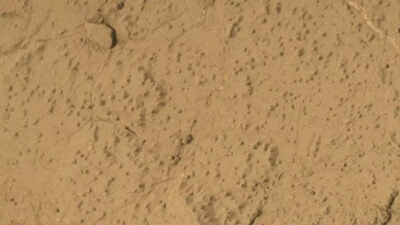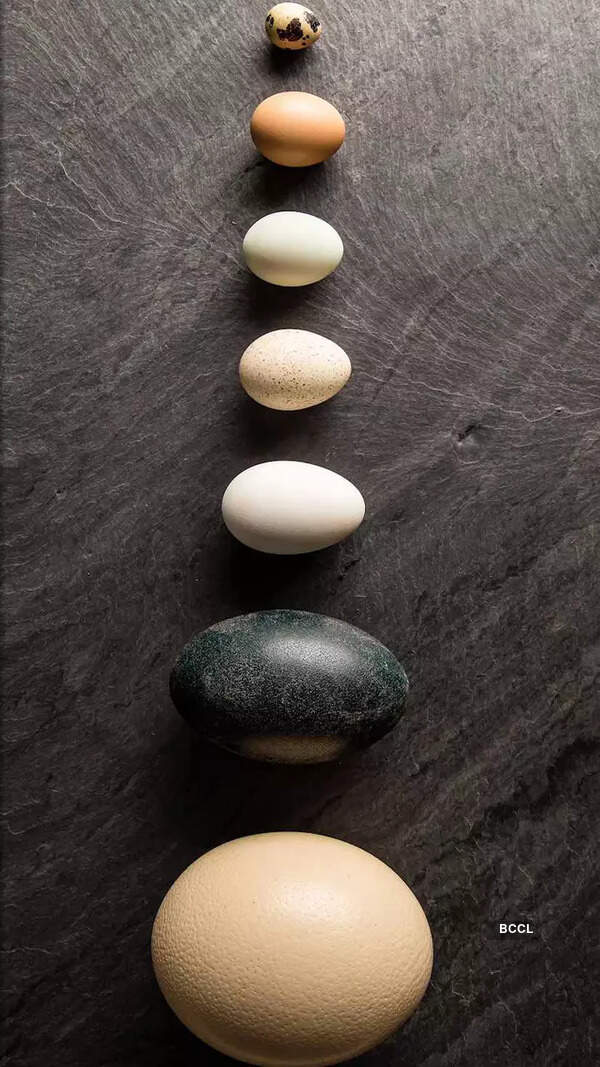Trending
NASA makes new discovery on Mars, here's what it is
NASA's Curiosity rover has identified the largest organic compounds ever found on Mars, including decane, undecane, and dodecane, in a 3.7 billion-year-old rock sample. These findings suggest Mars once had the chemical complexity necessary to host life. Dr Caroline Freissinet indicates that these long-chain molecules may have originated from membrane degradation of ancient Martian cells.
NASA's Curiosity rover has recently made two new discoveries on Mars with both leading to surprising connotations. Firstly, the rover detected the largest organic compounds ever found on the planet and secondly, the James Webb Space Telescope (JWST) has released a new image showcasing the powerful outflow of a forming star.
Largest organic molecules discovered yet on Mars
These compounds were detected in the analysis of a 3.7bn-year-old rock found in Yellowknife Bay, an ancient Martian lakebed that had the necessary ingredients for life on the planet.
These molecules are significant for life on earth where they form cell membranes and aid in other biological functions. While these molecules have non-biological origins such as hydrothermal vents or interactions with water, their complexity suggests the existence of environments that may have hosted life.
Curiosity had already detected simple organic molecules in previous missions, but these were the biggest long-chain ones to be discovered. As revealed in the study published in the Proceedings of the National Academy of Sciences, this discovery pushes the boundaries and suggests that Mars once had the chemical complexity to host life.
End of Article
FOLLOW US ON SOCIAL MEDIA
Visual Stories
Tired of too many ads?









